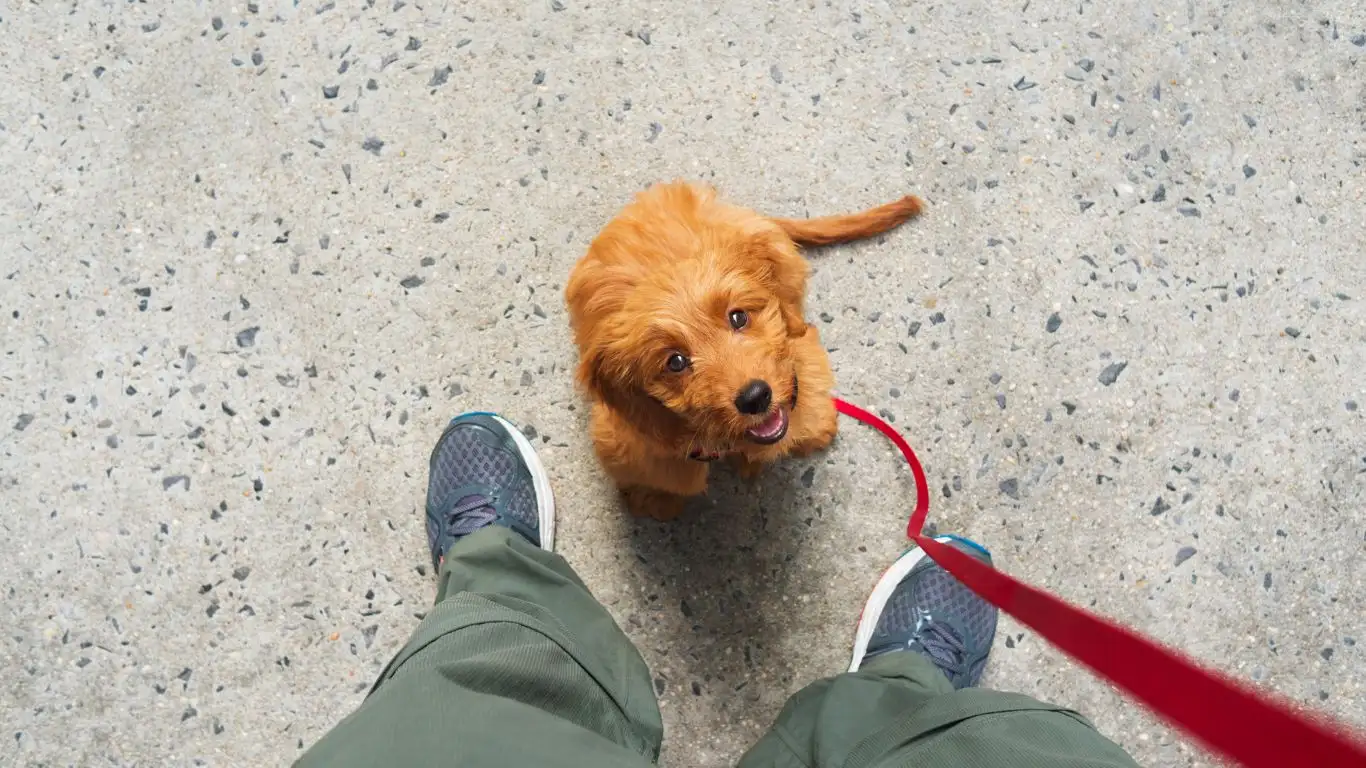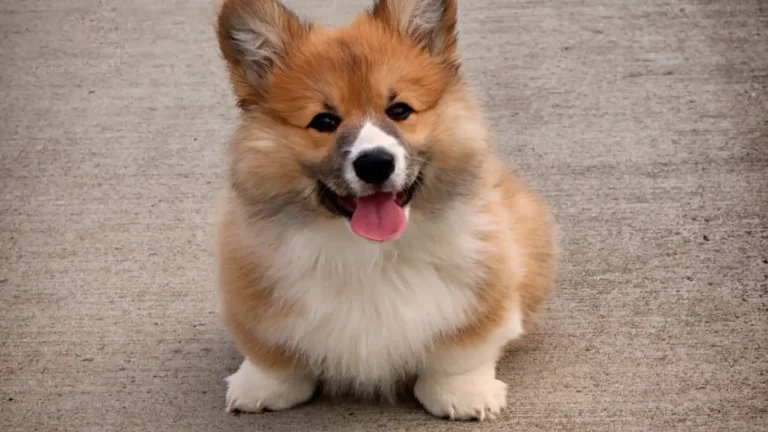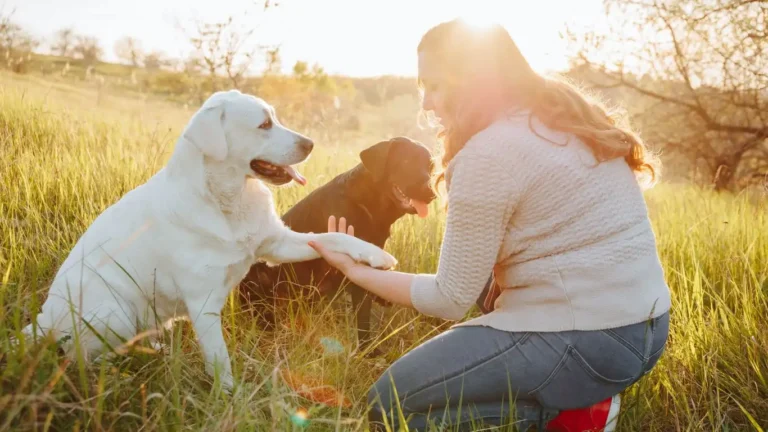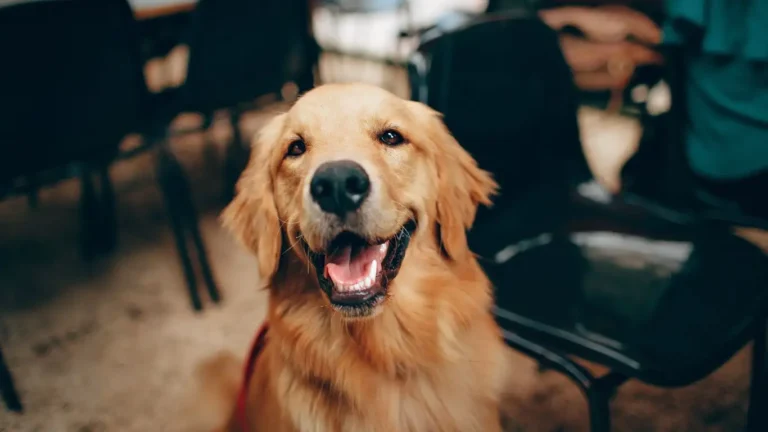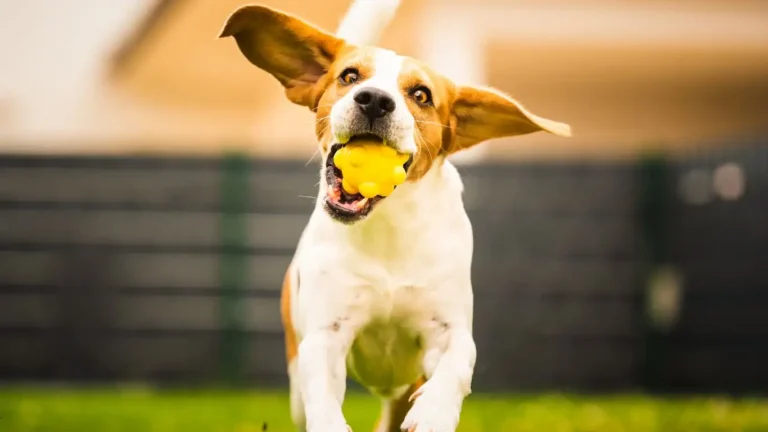How to Train a Dog to Handle Excitement Without Barking Easily
If you’ve ever wondered how to train a dog to handle excitement without barking, you’re not alone. I’ve worked with countless dogs as a Canine-Assisted Therapy Trainer, and believe me, even the most well-mannered pup can get a little too thrilled when guests arrive or when it’s time for a walk. One of the most common challenges I see dog parents struggle with is that initial burst of over-the-top excitement that often comes with loud barking. It’s totally normal — but it can be managed. And trust me, it’s not about harsh discipline; it’s about clear communication, consistency, and building trust.
Understanding the Bark: Why Dogs Get So Excited
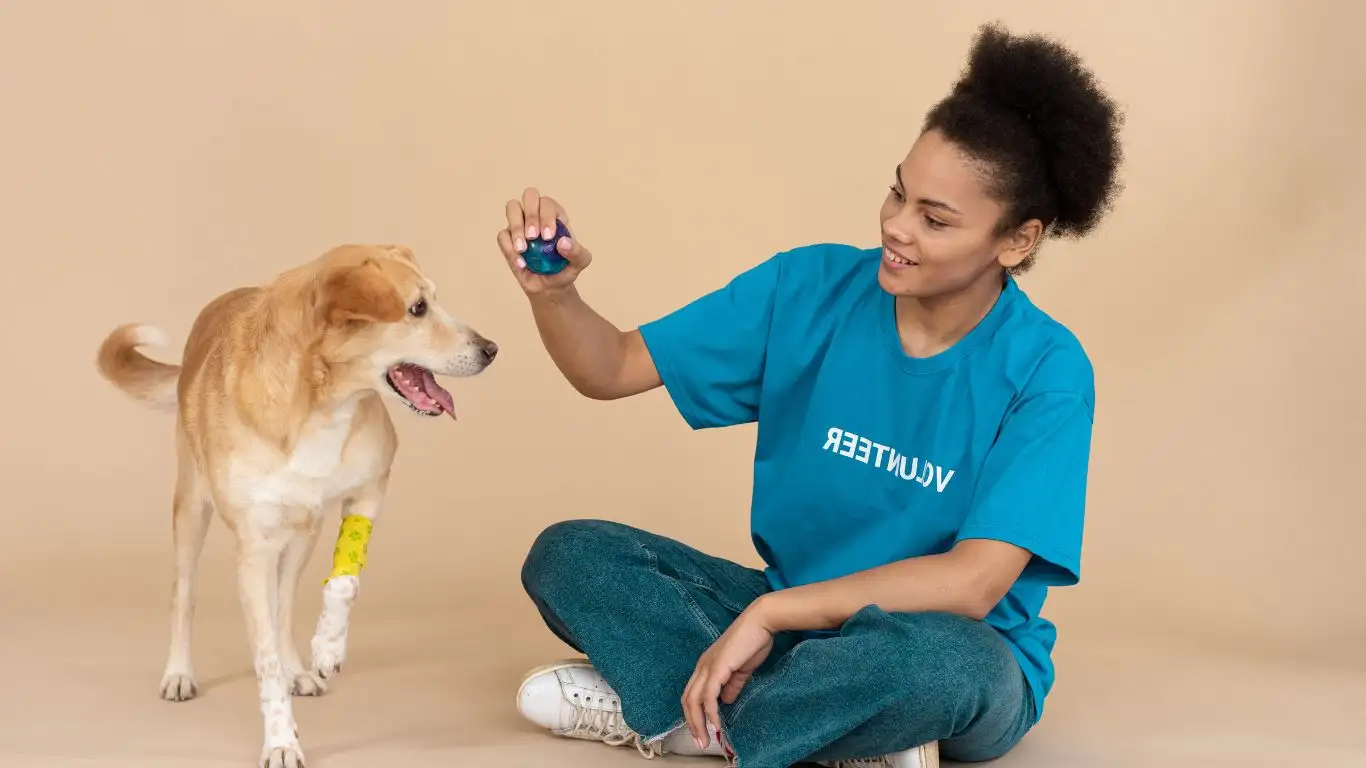
Before you can teach your dog to stay calm, you’ve got to understand why they bark in the first place. It’s not just noise — it’s communication. Dogs bark when they’re happy, anxious, scared, frustrated, or sometimes just bored. In the case of excitement barking, it’s usually a mix of joy and adrenaline. Picture a kid on Christmas morning who can’t stop jumping — same idea.
When I was working with one of my therapy dogs, Max (a Golden Retriever with a heart of gold and the energy of a toddler), we had to work through this very thing. Every time he saw his favorite volunteer walk through the door, it was like a firework show of barking and tail wagging. While it was endearing, it was also disruptive. So, we needed a plan.
What Triggers Your Dog’s Excitement?
This is where observation is key. Start noting what situations tend to fire up your pup. Is it:
- Visitors ringing the doorbell?
- The sound of their leash jingling?
- Hearing you say “walk” or “treat”?
- Spotting another dog across the street?
Once you’ve got a good idea of what sets them off, you can start to gently desensitize them to those triggers. This isn’t about avoiding those things — it’s about teaching your dog that these situations don’t need to be such a big deal.
Setting the Stage for Calm Behavior

One of the first things I teach dog owners is that calm behavior should always be rewarded — and that starts at home. Dogs are always watching us, soaking in our energy and body language like sponges. If we’re rushing around, hyping them up with “Who’s a good boy? Wanna go for a WALK?!”, they’re going to match that vibe. And probably bark their furry heads off while doing it.
Practicing Calm Greetings
This tip comes straight from the field: when you come home, ignore your dog for the first minute or two. I know, it sounds heartless. But when I started doing this with Max and my other therapy dogs, the results were amazing. By calmly entering, hanging up my coat, and waiting for them to settle, I taught them that calmness gets attention — not barking or bouncing.
- Walk in without making eye contact or speaking.
- Wait for your dog to settle — no barking, no jumping.
- Then reward with affection, a treat, or a calm “good dog.”
This might take a few days or even weeks, depending on your pup’s personality, but consistency is everything. Dogs are masters of routine — once they figure out barking doesn’t get them what they want, they’ll shift gears.
Teaching the “Quiet” Cue
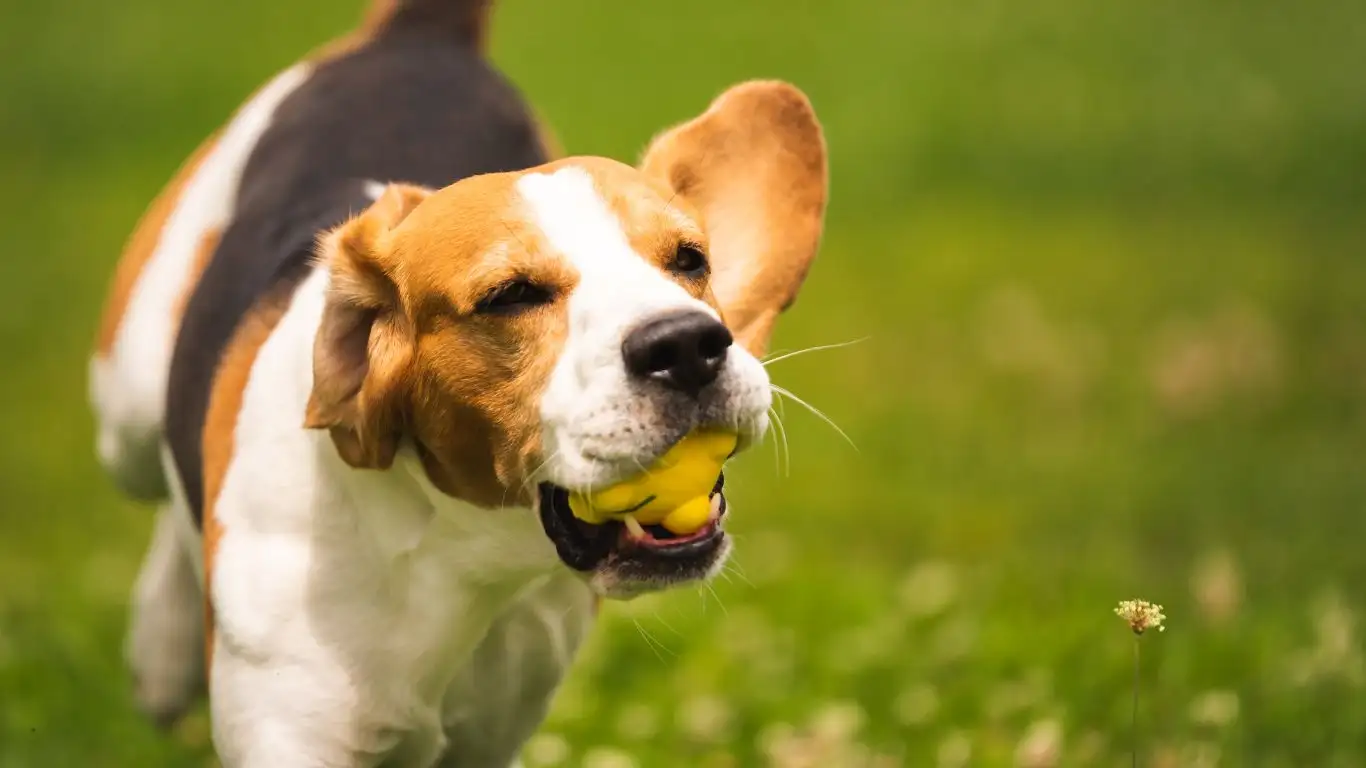
Now let’s talk about the actual training. Teaching your dog a “quiet” cue is a total game-changer when it comes to how to train a dog to handle excitement without barking. The goal here isn’t to punish barking, but to give your dog an alternative — a new job, if you will.
Steps to Introduce “Quiet”
Here’s how I usually go about it with new clients:
- Wait for your dog to bark (you can use a door knock sound or a friend at the door).
- Say “Quiet” in a calm but firm voice. Avoid yelling — dogs interpret that as you barking along.
- Once the barking stops (even for a second), mark the behavior with “Yes!” or a clicker, and give a reward.
- Repeat consistently. Over time, they’ll learn “quiet” means stop barking = treat or praise.
This is one of those techniques that works beautifully with repetition. I always tell my clients: training happens in seconds, but learning takes time. Be patient, and don’t rush it. You’re building communication, not flipping a switch.
Redirecting the Energy: Giving Your Dog a Job

Once your dog has started to understand the “quiet” cue, the next big step is redirection. This is something I’ve leaned on heavily with my more high-energy dogs, especially those in my therapy training sessions. When a dog is bubbling over with excitement, you’ve got to channel that energy somewhere useful. Otherwise, it turns into barking, jumping, spinning — the whole chaotic package.
One of my favorite tricks? Teaching them to grab a toy or go to a designated “calm spot.” Sounds simple, but it works like a charm when practiced consistently.
How to Teach a Calm Redirection
- Pick a toy your dog loves — maybe a soft plush or tug rope.
- When a triggering event happens (like someone knocking), calmly say “Get your toy.”
- Encourage them to grab it and reward when they do — no barking, just toy grabbing.
- With repetition, your dog learns: excitement = go get toy = reward.
Another option is creating a “place” command, where they go to a mat or bed when they feel overstimulated. I’ve used this in classrooms, hospitals, and even busy outdoor events with therapy dogs. It gives them structure — a mental anchor point — and dogs actually find comfort in knowing where they’re supposed to be.
Keeping Consistency in Real-Life Scenarios
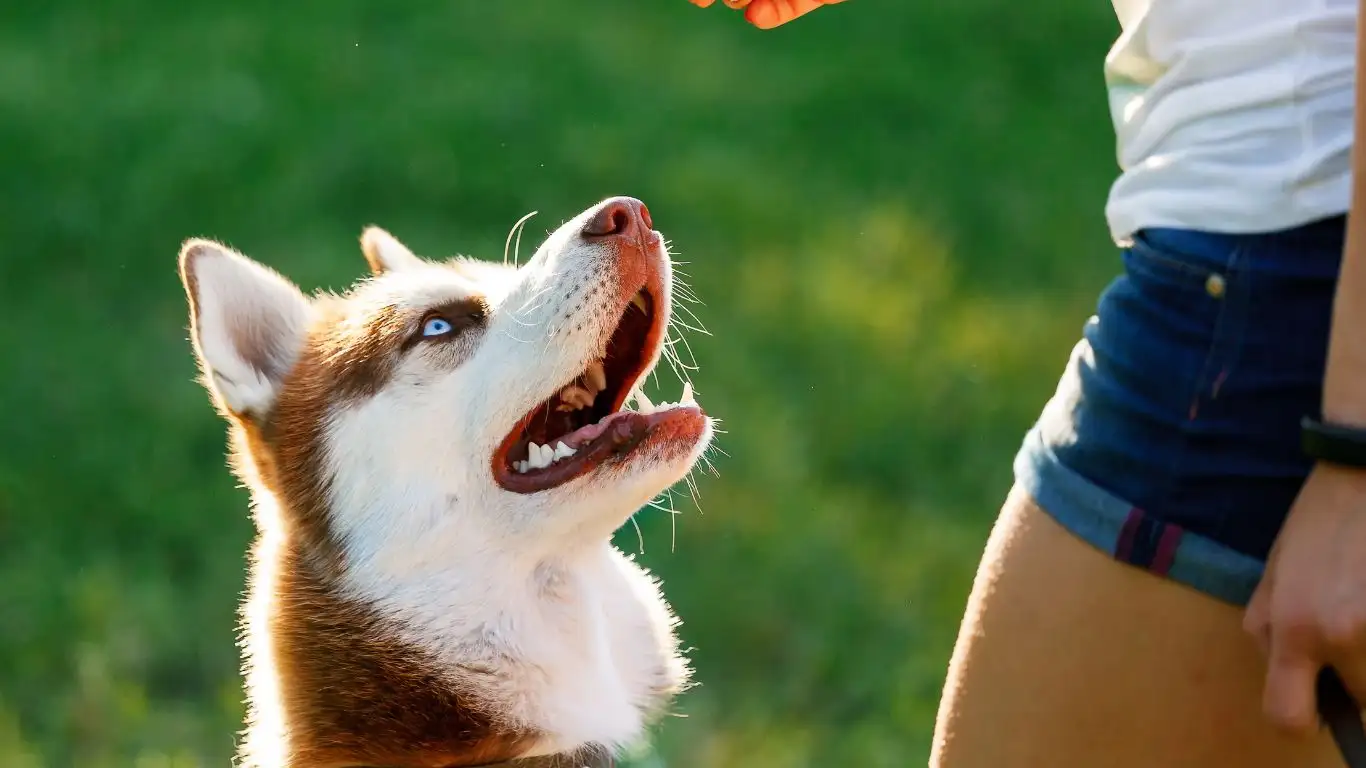
Training your dog to stay calm when they’re excited isn’t something that happens in a vacuum. You’ve got to integrate those skills into everyday life — and that means testing them in the wild. I remember one of my clients had a sweet Labradoodle named Chloe who would completely lose her mind every time a delivery truck pulled up. I’m talking barking, spinning, the whole show.
So, we used the delivery truck as our practice partner. Each time it arrived, Chloe was asked to go to her mat, stay calm, and wait. We didn’t aim for perfection right away — just one small success at a time. A few seconds of calm turned into 10 seconds… then a full minute. Within a couple of weeks, Chloe saw the UPS guy as her cue to chill. No more barking fits.
Tips for Keeping Training Consistent
- Stay calm yourself. Dogs feed off your vibe. If you’re tense, they will be too.
- Use the same commands. Don’t switch between “quiet,” “shhh,” and “no bark.” Pick one and stick with it.
- Practice at different times of day. Dogs need to generalize the behavior, not just perform it in one specific context.
- Enlist help from friends. Have people ring the bell or walk by your window as practice triggers.
It’s also worth noting that dogs, like people, have off days. I’ve had therapy dogs who were calm as monks one day and then barking like maniacs the next. That’s life. Don’t beat yourself (or your dog) up over a slip-up. Just keep showing up and guiding them back to center.
Building Confidence Along the Way

Here’s something I’ve learned over and over in my work with Canine-Assisted Therapy: a confident dog is a quiet dog. When dogs feel secure in their environment and understand what’s expected of them, they don’t need to bark to express anxiety or confusion. That’s why I don’t just train dogs — I coach the humans, too. You’re your dog’s guide, their anchor.
Confidence-building exercises go a long way in reducing excitement barking. Think scent games, puzzle feeders, and light obedience drills with lots of praise. These activities stimulate the mind and keep your dog focused and fulfilled. And a mentally satisfied dog? Way less likely to lose their cool every time something exciting happens.
Confidence Builders You Can Try
- Scent work games – hide treats around the house or yard and let your dog sniff them out.
- Obstacle courses – use chairs, broomsticks, and boxes to create a DIY agility challenge.
- New environments – walk somewhere new each week to gently stretch their comfort zone.
- Trick training – teaching things like “spin,” “high five,” or “play dead” keeps your dog sharp and connected to you.
In my therapy work, even our calmest dogs need regular enrichment like this to stay grounded. Just like people, dogs thrive with purpose and connection. And when they have those? You’d be surprised how little they feel the need to bark — even when they’re bursting with excitement inside.
Handling Setbacks and Staying Patient
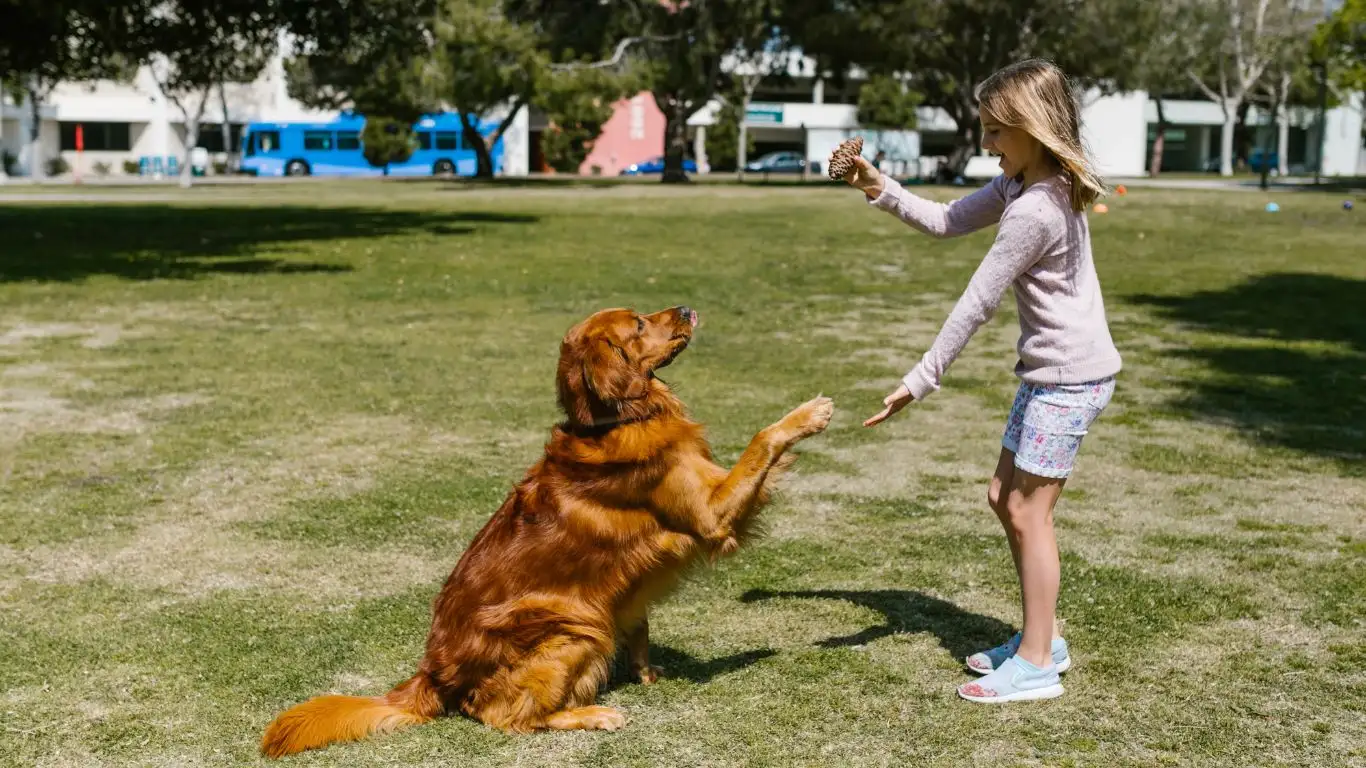
Let me be real with you — no training journey is without its bumps. When teaching how to train a dog to handle excitement without barking, setbacks are part of the process. I’ve seen it countless times in my therapy work. Even the most well-trained dogs can slip back into old habits, especially during stressful or highly stimulating moments.
The key? Patience and perspective. Dogs don’t think like humans — they don’t wake up deciding to annoy us on purpose. Barking is their way of coping, and it takes time for new behaviors to fully stick. One thing I always remind dog parents is to celebrate the small wins. Did your dog stay quiet for 10 seconds longer than yesterday? That’s progress! Did they respond to your “quiet” command instead of barking? That’s a victory worth praising.
What to Do When Your Dog Relapses
- Stay calm. Raising your voice or showing frustration only increases their excitement or anxiety.
- Go back a step. Sometimes dogs need a refresher on basics like “quiet” or “place.”
- Reinforce positive moments. Give treats or praise for even brief periods of calm.
- Don’t punish barking. It can create fear or confusion, which often makes barking worse.
When Max had a few wild days during a particularly busy therapy schedule, I reminded myself that consistency over time always pays off. Taking a deep breath and resetting expectations helped me stay steady, which, in turn, helped Max feel steady, too.
Tools and Techniques That Can Help

While patience and practice form the backbone of any good training plan, sometimes a few tools can give you an extra edge. From my experience, these are some helpful aids that complement your training for managing excitement barking:
Training Tools Worth Trying
- Clicker training: A clicker is a small handheld device that makes a consistent sound to mark good behavior. It’s a fantastic way to communicate clearly with your dog exactly when they’ve done what you want.
- Calming aids: Options like anxiety wraps, calming collars, or diffusers with dog-friendly pheromones can help reduce stress and excess excitement, especially in sensitive dogs.
- Interactive toys: Puzzle feeders or treat-dispensing toys keep your dog busy and focused, reducing the chance of barking out of boredom or nervous energy.
- Leash and harness: Using the right gear gives you better control during walks or triggering situations, allowing you to guide your dog toward calm behavior.
In my therapy sessions, I often combine these tools with behavioral cues to create a well-rounded approach. For example, pairing clicker training with the “quiet” command speeds up learning by providing instant feedback. And when dogs feel less anxious thanks to calming products, they’re naturally less prone to barking explosions.
Empowering You as a Dog Owner
One of the most rewarding parts of my work as a Canine-Assisted Therapy Trainer is seeing owners grow alongside their dogs. Training is a two-way street — it’s about building a relationship based on trust, understanding, and respect. When you understand your dog’s feelings and triggers, you can guide them toward better choices without stress or struggle.
Remember, training your dog to handle excitement without barking is not about perfection — it’s about progress. Every calm moment, every quiet “good dog,” is a step closer to a more peaceful life for both of you.
If you’re feeling stuck or overwhelmed, consider reaching out to a professional trainer or behaviorist. Sometimes a fresh perspective or hands-on help can make all the difference. And always keep learning! The more you know about canine behavior, the more effective and confident you’ll be in helping your furry friend.
References
- ASPCA
- American Veterinary Medical Association
- American Kennel Club
- Certification Council for Professional Dog Trainers
Disclaimer
The information provided in this article is based on personal experience and widely accepted training principles but is not a substitute for professional veterinary advice or individualized training plans. Every dog is unique, and if you have concerns about your dog’s behavior or health, please consult with a certified dog trainer or a veterinarian.
